By Lt. Col. Dominic Caraccilo
An unimaginable plight and an insufferable experience is a fitting way to describe the Bataan Death March in the spring of 1942. Originating at the tip of the Bataan peninsula, the forced march of prisoners, implausibly known to those who endured it as the “hike,” is quite possibly the most notorious American POW story in history.
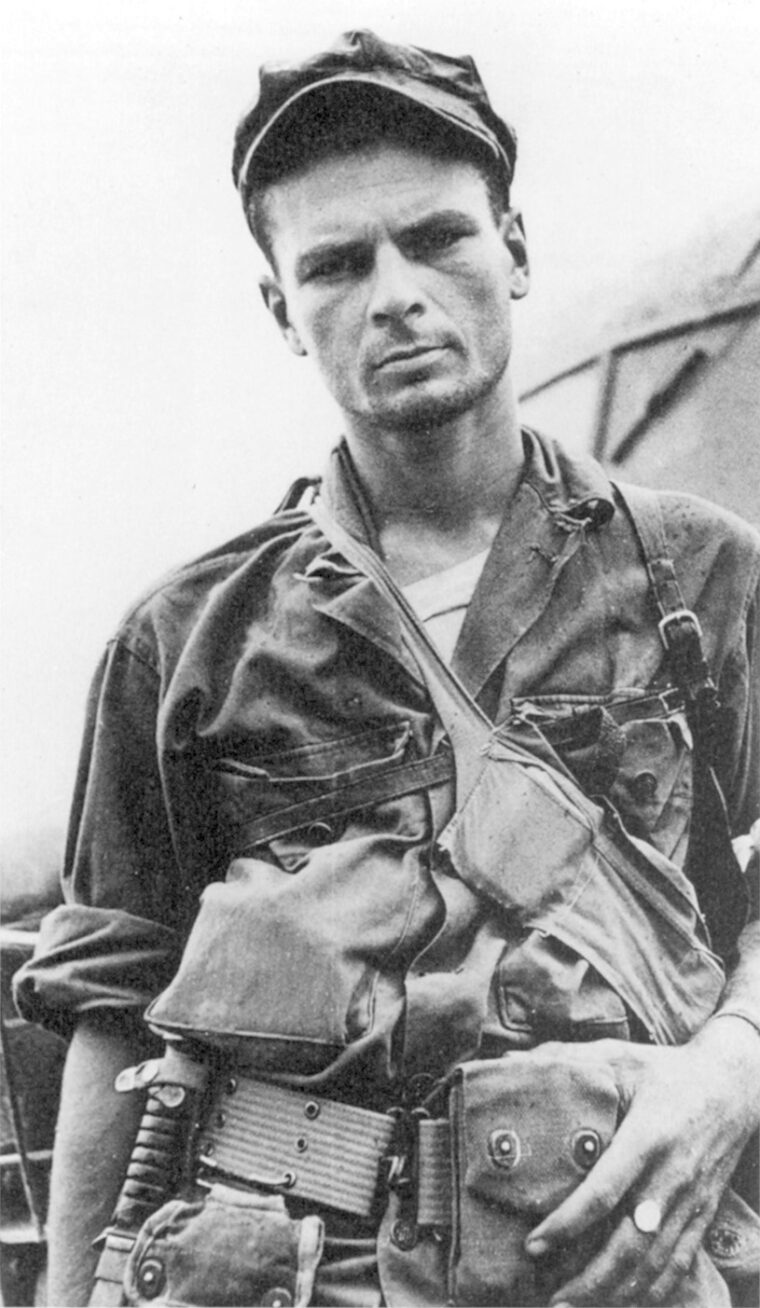 The survivors of the march faced not only their captors’ brutality, but also a host of illnesses such as dysentery, beriberi, and malaria. For three years these “ghost soldiers” lived in misery, suffering terrible losses; the sickest of the lot were kept at Cabanatuan near the end of the war. These prisoners had survived the Death March and endured a hellish three years of cruelty by their Japanese captors, but it appeared by late 1944 and early 1945 that their extraordinary will to survive might soon count for nothing. Throughout the Philippines, the Japanese Army was executing American POWs as it retreated from the advancing U.S. Army. To save prisoners from the bushido attitudes of the Japanese, General MacArthur, having returned to the Philippines in the fall of 1944, selected troops from the elite 6th Ranger Battalion to rescue the remaining 513 American and British prisoners on Cabanatuan. Ghost Soldiers: The Forgotten Epic Story of World War II’s Most Dramatic Mission (by Hampton Sides, Doubleday (Random House), New York, NY, 2001, 342 pp., photographs, $24.95 hardcover) is the remarkable story of this daring January 1945 raid.
The survivors of the march faced not only their captors’ brutality, but also a host of illnesses such as dysentery, beriberi, and malaria. For three years these “ghost soldiers” lived in misery, suffering terrible losses; the sickest of the lot were kept at Cabanatuan near the end of the war. These prisoners had survived the Death March and endured a hellish three years of cruelty by their Japanese captors, but it appeared by late 1944 and early 1945 that their extraordinary will to survive might soon count for nothing. Throughout the Philippines, the Japanese Army was executing American POWs as it retreated from the advancing U.S. Army. To save prisoners from the bushido attitudes of the Japanese, General MacArthur, having returned to the Philippines in the fall of 1944, selected troops from the elite 6th Ranger Battalion to rescue the remaining 513 American and British prisoners on Cabanatuan. Ghost Soldiers: The Forgotten Epic Story of World War II’s Most Dramatic Mission (by Hampton Sides, Doubleday (Random House), New York, NY, 2001, 342 pp., photographs, $24.95 hardcover) is the remarkable story of this daring January 1945 raid.
Once the Army Rangers arrived in the Philippines, they quickly hatched an audacious scheme to liberate their captured comrades. The mission, if successful, would prove to be a tremendous morale booster at the front and at home. Led by a young officer named Lt. Col. Henry Mucci, a combined Ranger and Filipino guerrilla force penetrated far behind enemy lines by foot, attacked Japanese forces guarding Allied prisoners at a jungle outpost, and shepherded hundreds of prisoners to safety, with an angry Japanese Army in hot pursuit. The courageous Rangers suffered only light casualties.
Journalist Hampton Sides recounts this daring rescue, once known to every American schoolchild, but long forgotten now. A gifted storyteller, Sides packs his narrative with detailed descriptions of the principal participants from both sides of the struggle. His knack for capturing the essence of battle is apparent in his description of Captain Robert Prince’s assault on the camp, his interactions with Filipinos, and his plan for exfiltrating his force.
Ghost Soldiers should be well received by the average military reader and may become the source of the next big World War II Hollywood movie. But what makes this book so intriguing is that the lessons learned from the rescue are used today. In short, Sides has made Ghost Soldiers a great read with enormous potential for success, but also an important volume, chock-full of lessons for the warriors of today.
To be sure, Ghost Soldiers is a deeply disturbing look at the horrors of war. But it also celebrates the heroism of hundreds of warriors and brings renewed attention to one of the Rangers’ finest hours. Having written my own volume on this topic, Surviving Bataan and Beyond (Stackpole, 1999) I feel confident in saying that Sides’s account is a welcome addition to the study of American POWs.
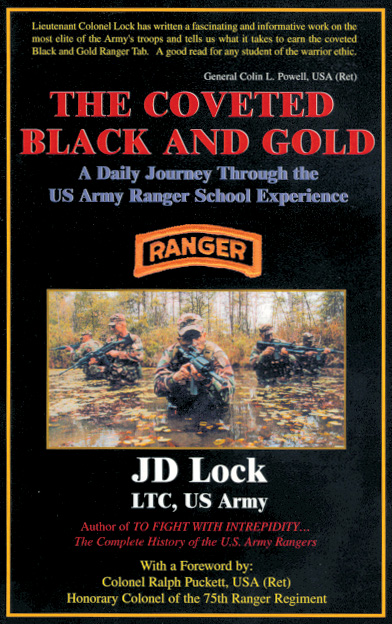 The Coveted Black and Gold: A Daily Journey Through the U.S. Army Ranger School Experience, by J.D. Lock, Xlibris.com, Philadelphia, PA, 2001, 238 pp., photographs, appendices, $16.00 softcover, $25.00 hardcover (purchased online at www.xlibris.com or at [email protected]).
The Coveted Black and Gold: A Daily Journey Through the U.S. Army Ranger School Experience, by J.D. Lock, Xlibris.com, Philadelphia, PA, 2001, 238 pp., photographs, appendices, $16.00 softcover, $25.00 hardcover (purchased online at www.xlibris.com or at [email protected]).
Hampton Sides’s Ghost Soldiers tells what it was like to be a Ranger in World War II. Ranger-qualified Army Lt. Col. John D. Lock has captured for aspiring young soldiers and interested readers what it is like to, as they say, earn the coveted Ranger tab today.
The U.S. Army Ranger School is the most grueling course in the Army inventory, and Lock, also author of To Fight with Intrepidity: The Complete History of U.S. Army Rangers, describes it admirably. Having personally endured the 60-day course in the early 1980s, Lock’s immaculate notes and explanatory first-hand photographs bring the reader’s attention to the stark reality of the demands of Ranger training. A gifted writer, Lock’s The Coveted Black and Gold will become required reading for all of those who attempt to earn Ranger status.
Recent and Recommended
Gettysburg: Day Three, by Jeffry D. Wert, Simon & Schuster, New York, NY, 2001, 448 pp., photographs, illustrations, appendices, notes, bibliography, and index; $27.50 hardcover
The Civil War is the most written-about event in military history with some 80,000 volumes dedicated to it. But, until now there has been no testimonial version dedicated to the third day of the war’s most notorious battle, Gettysburg. Jeffry Wert, a Pennsylvania high school teacher and well-published Civil War history scholar, offers a comprehensive account of that third day of battle; his work relies heavily on letters, diaries, and other primary sources.
After two days of battle, no clear winner had emerged. When July 3, 1863 dawned and the ensuing cavalry skirmishes unfolded, it was apparent that by day’s end a victor would be determined. The massive Confederate assault on the center of the Union line, the action most commonly known as Pickett’s Charge, is given detailed analysis. Its result arguably determined the political, sociological, and demographic shape of our nation for decades.
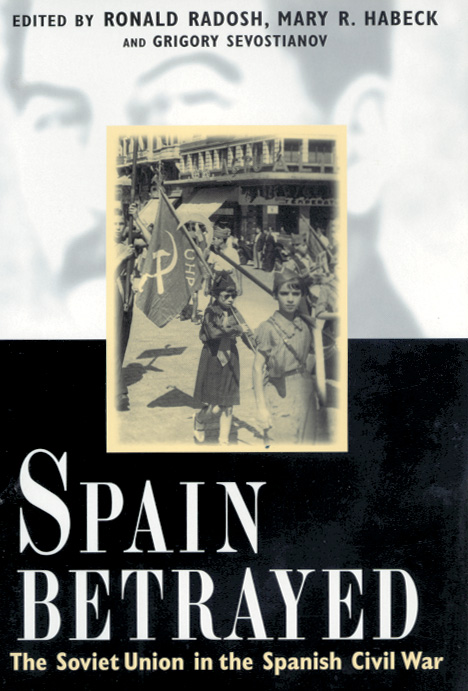 Spain Betrayed: The Soviet Union in the Spanish Civil War, Ronald Radosh, Mary R. Habeck, and Grigory Sevostianov, eds., Yale University Press, New Haven, CT, 2001, 537 pp., photographs, maps, illustrations, notes, and bibliography, $35.00 hardcover
Spain Betrayed: The Soviet Union in the Spanish Civil War, Ronald Radosh, Mary R. Habeck, and Grigory Sevostianov, eds., Yale University Press, New Haven, CT, 2001, 537 pp., photographs, maps, illustrations, notes, and bibliography, $35.00 hardcover
Spain Betrayed: The Soviet Union in the Spanish Civil War presents a revisionist view of the role of the Soviet Union in the Spanish Civil War. In the 1990s, records dedicated to the Spanish Civil War were discovered in the Russian State Military Archives in Moscow. The archivists of these documents, Ronald Radosh, Mary R. Habeck, and Grigory Sevostianov, offer a resounding look at the Soviet Union’s “duplicitous and self-serving activities” in its attempt to make the Spanish republic a Soviet puppet state.
The Spanish Civil War has a legendary history. Thousands of brave young men from all over the Western world, most of them organized by their local Communist parties, rushed to Spain to support the democratic Republic against right-wing forces led by rebellious generals in the Spanish officer corps. Although the Republic was eventually defeated, some observers believed that the effort to defend it was a selfless undertaking of the international Communist movement and the Soviet Union—a noble crusade against Hitler, Mussolini, and their Spanish puppet Franco. This book presents a very different view of the USSR’s role.
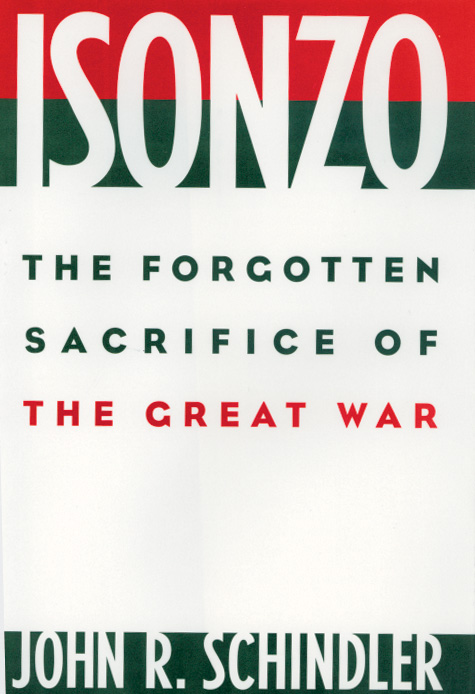 Isonzo: The Forgotten Sacrifice of the Great War, by John R. Schindler, Praeger Publishers, Westport, CT, 2001, 409 pp., photographs, essay on sources, notes, bibliography, and index, $45.00 hardcover
Isonzo: The Forgotten Sacrifice of the Great War, by John R. Schindler, Praeger Publishers, Westport, CT, 2001, 409 pp., photographs, essay on sources, notes, bibliography, and index, $45.00 hardcover
Flowing from the Julian Alps through one of the loveliest valleys in Europe, the Isonzo River and its Slovene towns by name evoked horror and sorrow in the years following World War I. Throughout Europe, the name Isonzo stood alongside Verdun and the Somme “in the collective memory of needless sacrifices of the First World War.”
John R. Schindler’s Isonzo: The Forgotten Sacrifice of the Great War seeks to remedy the pervasive historical amnesia that has allowed the Isonzo to be forgotten. In the 29 months of fighting in the river valley, the Italians lost 1,100,000 soldiers and the Austrians 650,000.
Schindler covers the fighting chronologically from the war’s opening through the 12 ensuing battles along the Isonzo. Following the book’s conclusion is a guide to the battlefields as they stand today.
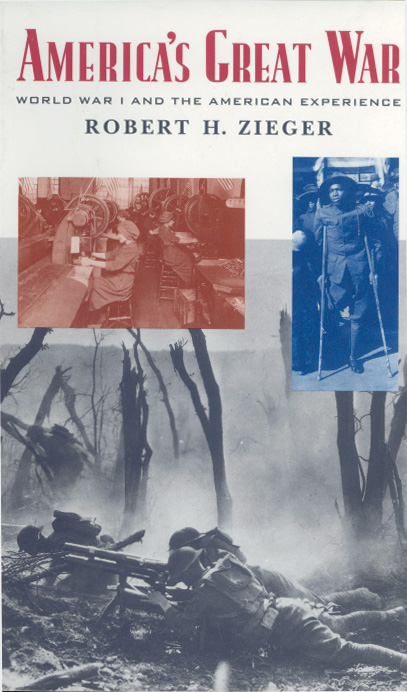 America’s Great War: World War I and the American Experience, by Robert H. Zeiger, Rowman & Littlefield, Lanham, MD, 2000, 275 pp., chronology, photographs, notes, bibliography, and index, $27.95 hardcover
America’s Great War: World War I and the American Experience, by Robert H. Zeiger, Rowman & Littlefield, Lanham, MD, 2000, 275 pp., chronology, photographs, notes, bibliography, and index, $27.95 hardcover
Wilsonian politics and an analysis thereof fill the pages of this enormously well-written volume describing the American involvement in World War I. Robert H. Zeiger, professor of history at the University of Florida, offers Great War enthusiasts a clear understanding of the significance, implications, and enduring legacies of U.S. participation. His book covers everything from America’s first commitment to neutrality in 1914 to the congressional resolution declaring the end of hostilities in 1921.
A unique byproduct of Zeiger’s book is a better understanding not only of the battles and personalities associated with the war, but also of the historical importance and, at times, tragic implications brought on by American involvement. Lengthy discussions of labor strife, discrimination against minorities, and propaganda at home as well as definitive accounts of the actions of the AEF take the measure of this balanced work.
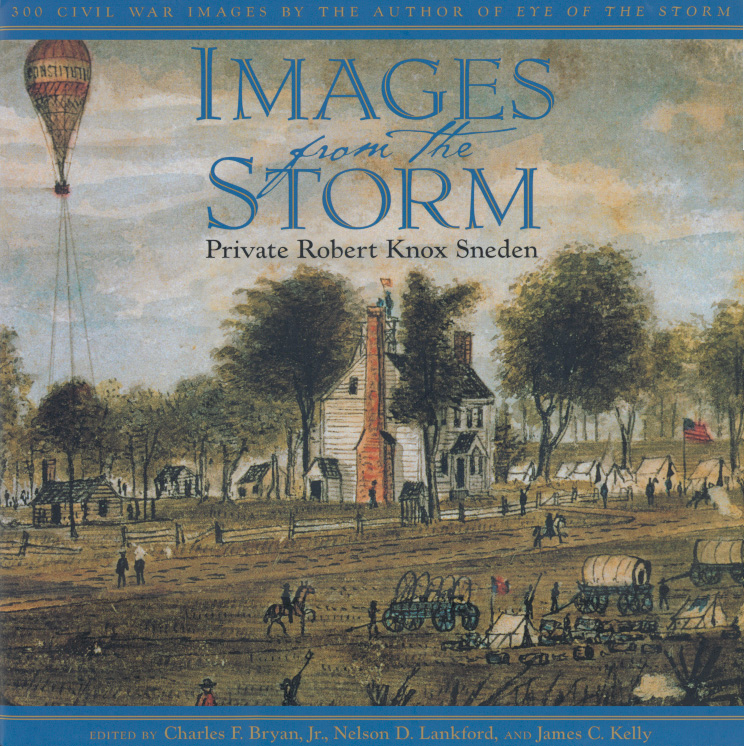 Images from the Storm, written and illustrated by Private Robert Knox Sneden; Charles F. Bryan, Jr., Nelson D. Lankford, and James C. Kelly, eds., The Free Press, New York, NY, 2001, 336 pp., illustrations and index; $50.00 hardcover
Images from the Storm, written and illustrated by Private Robert Knox Sneden; Charles F. Bryan, Jr., Nelson D. Lankford, and James C. Kelly, eds., The Free Press, New York, NY, 2001, 336 pp., illustrations and index; $50.00 hardcover
With this handsome sequel to last year’s publication of Eye of the Storm: A Civil War Odyssey (see our April 2001 issue), editors Bryan, Lankford, and Kelly have created the visual extension of Private Robert Knox Sneden’s masterful work. When Eye of the Storm was published it was praised as “one of the most important Civil War documents to be published since Ulysses S. Grant’s Personal Memoirs.” The first volume had 80 images, one-tenth of Robert Knox Sneden’s Civil War watercolors. Sneden’s literary and illustrative masterpiece now becomes complete with the publication of Images from the Storm, holding more than three hundred of Sneden’s creations. These depict such places as Andersonville, Antietam, Chancellorsville, Gettysburg, and more.
In Brief
100 Decisive Battles From Ancient Times to the Present: The World’s Major Battles and How They Shaped History, by Paul K. Davis, Oxford University Press, New York, NY, 2001, 462 pp., illustrations, maps, notes, bibliography, and index, $18.95 softcover
In this well-researched compendium, Paul K. Davis examines battles that have had far-reaching historical consequences. From 1479 bc at the Battle of Megiddo, which delivered to the Egyptian pharaoh Thutmose III an uneasy dominion over Palestine, to the final entry—set not far from the first—which describes the Allied victory over Iraq in Desert Storm, Davis outlines, considers, and provides historical meaning to mankind’s most decisive battles.
Tomorrow to Be Brave: A Memoir of the Only Woman Ever to Serve in the French Foreign Legion, by Susan Travers with Wendy Holden, The Free Press, New York, NY, 2001, 287 pp., photographs, bibliography, notes, $25.00 hardcover
This book chronicles the life of Englishwoman Susan Travers, the only woman ever to serve officially with the French Foreign Legion. Travers’ story begins with a lonely girl yearning for her military father’s approval, then moves into her teens and 20s during Europe’s decadent 1920s when Travers rebelled, hitting every baccarat table and aristocrat’s bed she could find.
At the outbreak of war in 1939, Travers joined de Gaulle’s Free French, enduring the mandatory nursing training. In North Africa she found the work she wanted as a front-line driver for General Pierre Koenig. Emerging a decorated hero of the bloody Bir Hakeim campaign in Libya, Travers joined up and became a true Legionnaire, the only woman ever to officially serve in the French Foreign Legion and be awarded the prestigious Legion d’honneur. Tomorrow to Be Brave is an extraordinary true story of love, war, and adventure that reads like fiction.
The American Revolution, by Bruce Lancaster, Mariner Books (Houghton Mifflin Company), New York, NY, 368 pp., photographs, index, $16.00 softcover
The late Bruce Lancaster, best known for his numerous historical novels, has produced a tremendously well-written account of America’s rebellion. From Lexington to Yorktown, he covers the story of America’s fight for independence in vivid detail. Although the Revolution gave birth to this great nation, few Americans today have a working knowledge of the events of the war against Britain’s colonial grip. Lancaster’s pages dispel the myths of the American Revolution and reveal the ideas and actions that gave us our freedom.
Descent Into Darkness, Pearl Harbor 1941: The True Story of a Navy Diver, by Commander Edward C. Raymer, USN, Presidio Press, Inc., Novato, CA, 2001, 240 pp., photographs, $17.95 softcover
This is quite possibly one of the best books on Pearl Harbor in print. It not only covers the chronology of the American disaster in detail, but also offers a unique perspective of the Japanese attack on the U.S. naval armada and subsequent U.S. military actions. Author and former naval officer Edward C. Raymer was a navy salvage diver at the time of the attack. His memoir hooks the reader from the start. Read it for the adventure of deep-sea salvage diving while learning the details of the results of the Japanese sneak attack on our Pacific fleet.
“Happiness Is Not My Companion”: The Life of General G.K. Warren, by David M. Jordan, Indiana University Pres, Bloomington, IN, 2001, 400 pp., photographs, notes, bibliography, and index, $35.00 hardcover
Practicing attorney and successful biographer David M. Jordan has written a definitive account of Gouverneur Kemble Warren, a brilliant student at prewar West Point and a topographical engineer much acclaimed for his explorations of Nebraska Territory and the Black Hills in the 1850s. Although a rising star in the Army of the Potomac, Warren’s peculiarities of temperament put a cloud over his service, even though his actions at Gettysburg helped save the day for the Union. Eventually, Warren was relieved of his command just eight days before Appomattox. This memoir well depicts the Civil War era and intricate issues challenging a postwar nation.
Duty, Honor, Privilege: New York’s Silk Stocking Regiment and the Breaking of the Hindenburg Line, by Stephen L. Harris, Brassey’s Inc., Washington, DC, 2001, 374 pp., photographs, maps, illustrations, notes, bibliography, and index, $27.95 hardcover
On September 29, 1918, a regiment of volunteers from New York State, many of them rich boys from Manhattan, attacked the famed Hindenburg Line, the most formidable defensive line of the Great War. Freelance journalist and editor of the Journal of Olympic History Stephen L. Harris interweaves extracts from letters, diaries, and previously published accounts to present a captivating story of New York’s finest, the 107th New York Infantry. His story is one of tragedy and heroism culminating in a triumphant welcome-home parade, still believed to be the biggest parade in New York City history.
Civil War Memories: Nineteen Stories of Battle, Bravery, Love, and Tragedy, S.T. Joshi, ed., Rutledge Hill Press, Nashville, TN, 2000, 292 pp., $14.95 softcover
The American Civil War has been an inspiration to writers for more than a century. Civil War editor and leading literary critic S.T. Joshi, has compiled a menagerie of essays that focus on the battles, the bravery, and the love and tragedy of the War Between the States.
Civil War Memories combines 19 stories from the likes of Mark Twain, Henry James, Ambrose Bierce, and Stephen Crane dating from 1862 to 1908. These stories cover both sides of the conflict and provide personal voices for those memories long since past.
A Rain of Lead: The Siege and Surrender of the British at Potchefstroom, by Ian Bennett, Greenhill Press (Stackpole), Mechanicsburg, PA, 2001, 256 pp., photographs, maps, illustrations, appendices, notes, bibliography, and index, $34.95 hardcover
A Rain of Lead is the first major book focusing on the bitter siege of Potchefstroom, which marked the beginning of the First Boer War. This is a dramatic story of endurance under terrible conditions based on eyewitness reports and contemporary documents, and tells the spectacular story of the 95-day siege of Potchefstroom, which helped to shape a century of South African history. Ian Bennett’s vivid account of the 1880 battle during which some two hundred British soldiers and a handful of civilians defended a makeshift fort the size of a tennis court. Although heavily outnumbered and suffering from lack of food, tremendous heat, the wettest summer in 30 years, and no shelter save leaking tents, they were to hold out under constant fire for 95 days.
The Man Who Flew the Memphis Belle: Memoir of a WWII Bomber Pilot, by Colonel Robert Morgan, USAFR, Ret., with Ron Powers, Dutton, New York, NY, 2001, 389 pp., appendices, bibliography, $25.95 hardcover
Few world war chronicles capture the essence of an adventure like Colonel Robert Morgan’s The Man Who Flew the Memphis Belle. Written with Pulitzer Prize-winning journalist and co-author of Flags of Our Fathers, Ron Powers, this book tells of the daring exploit of a B-17 Flying Fortress in the European Theatre. The Memphis Belle was the first B-17 to fly 25 harrowing daylight missions over Europe. Morgan and Powers tell a story of intrigue, heroism, and lost loves.
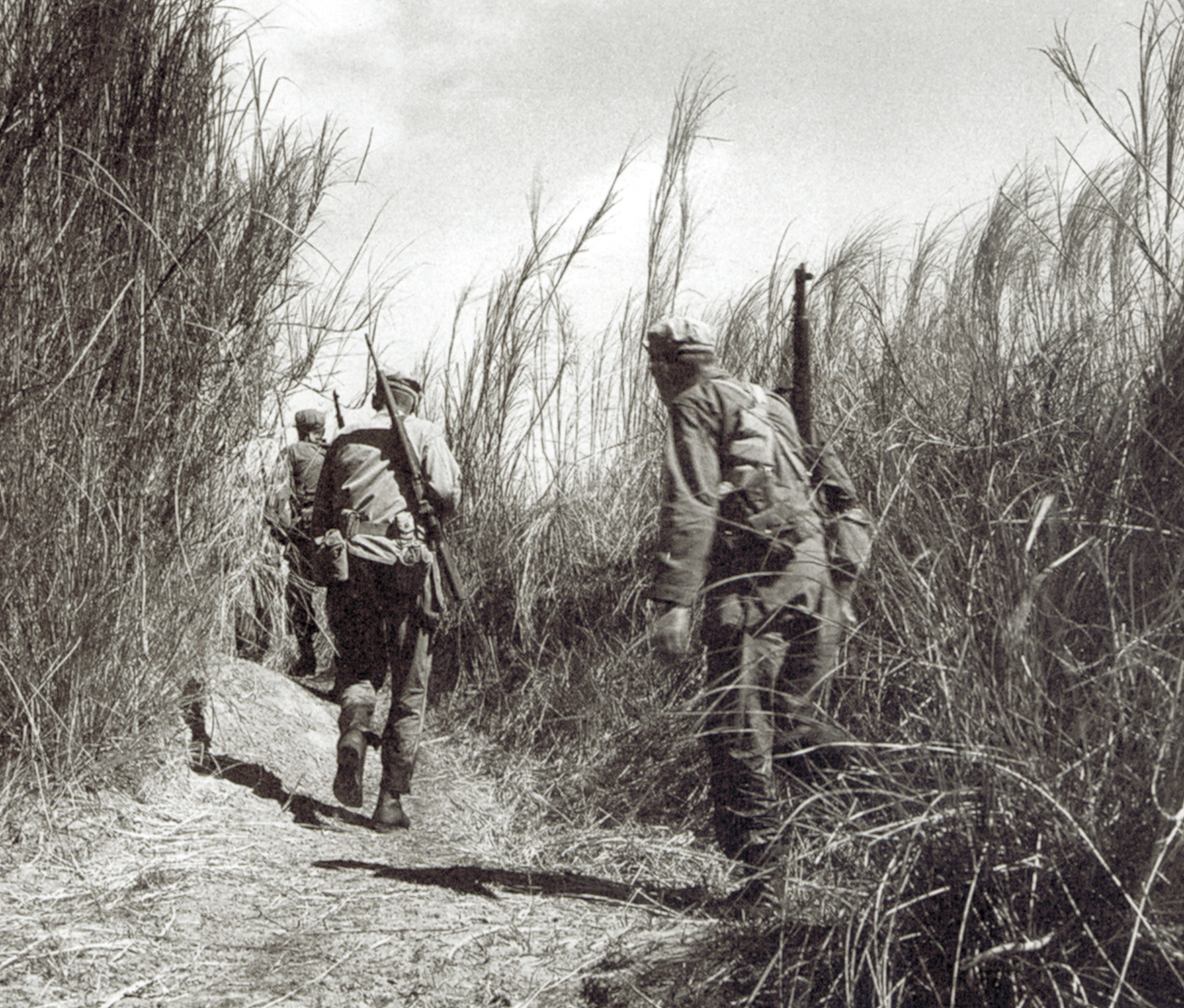

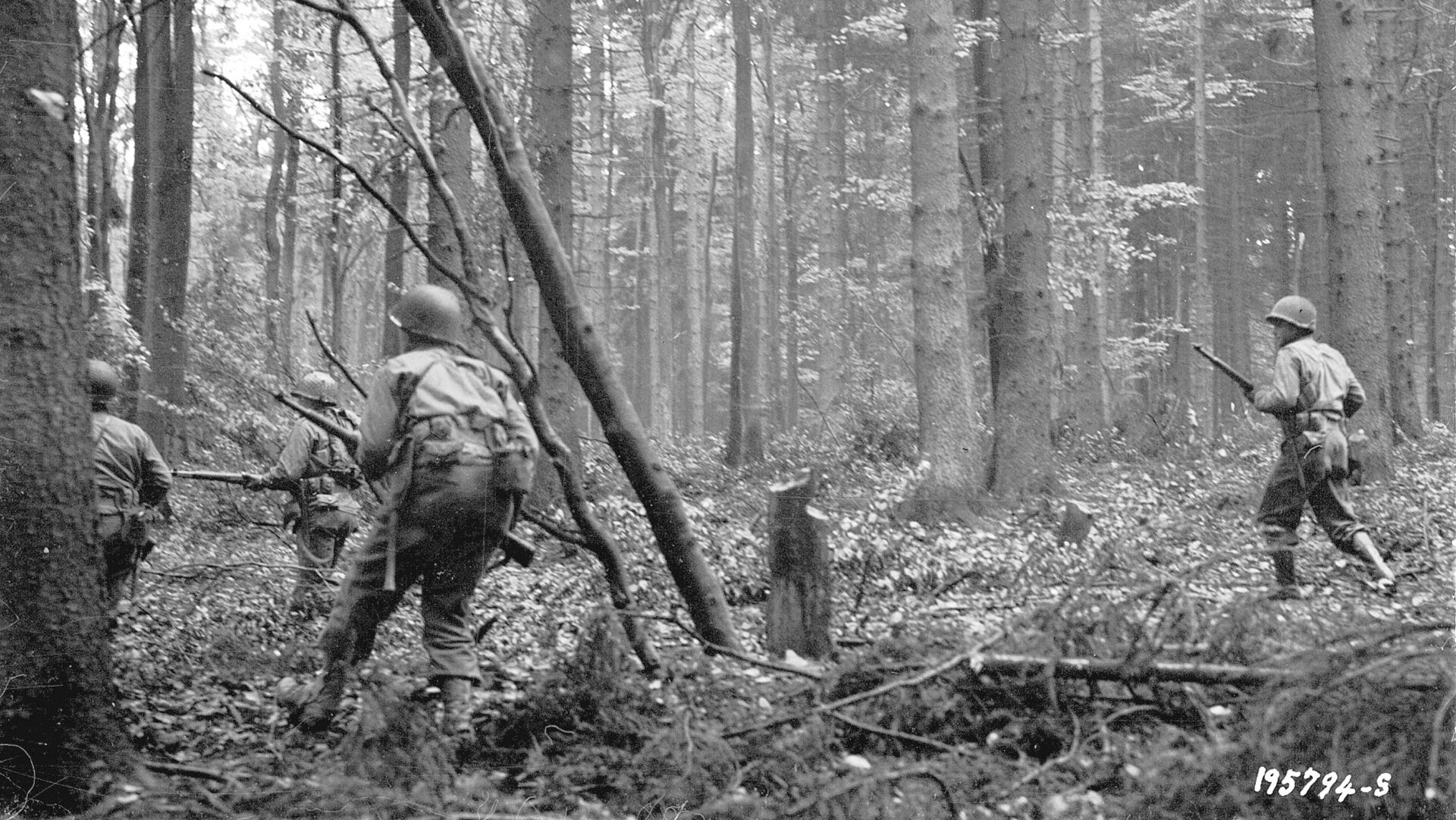
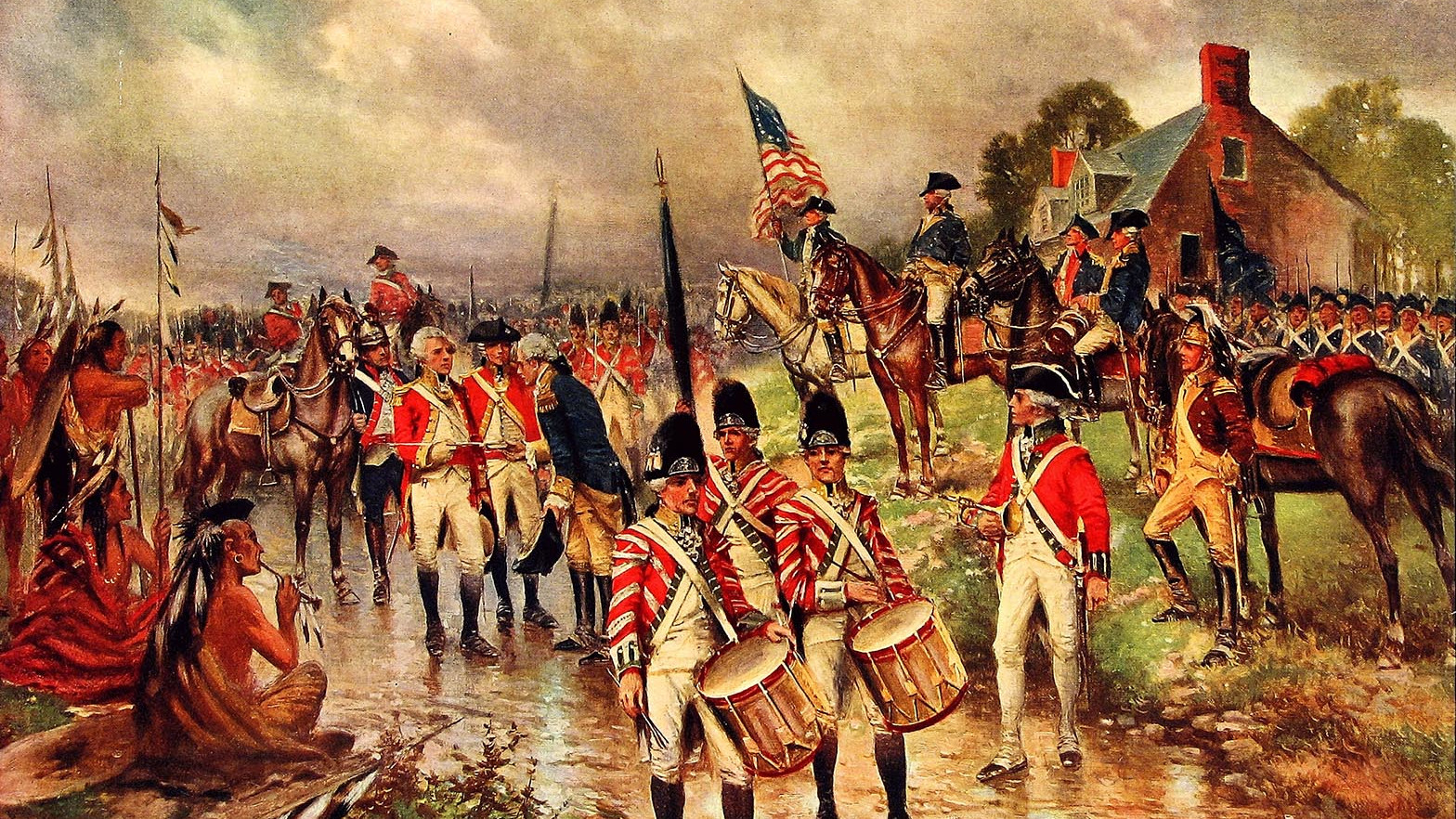
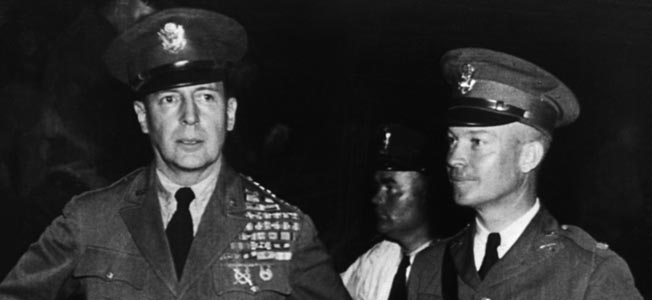
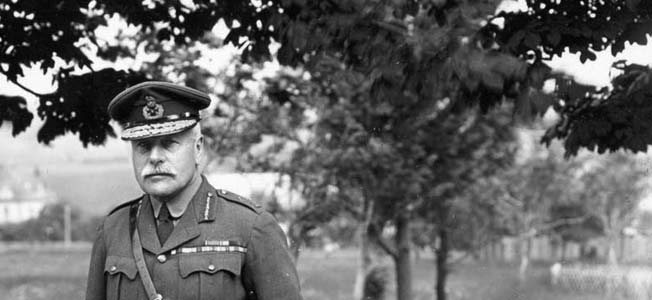
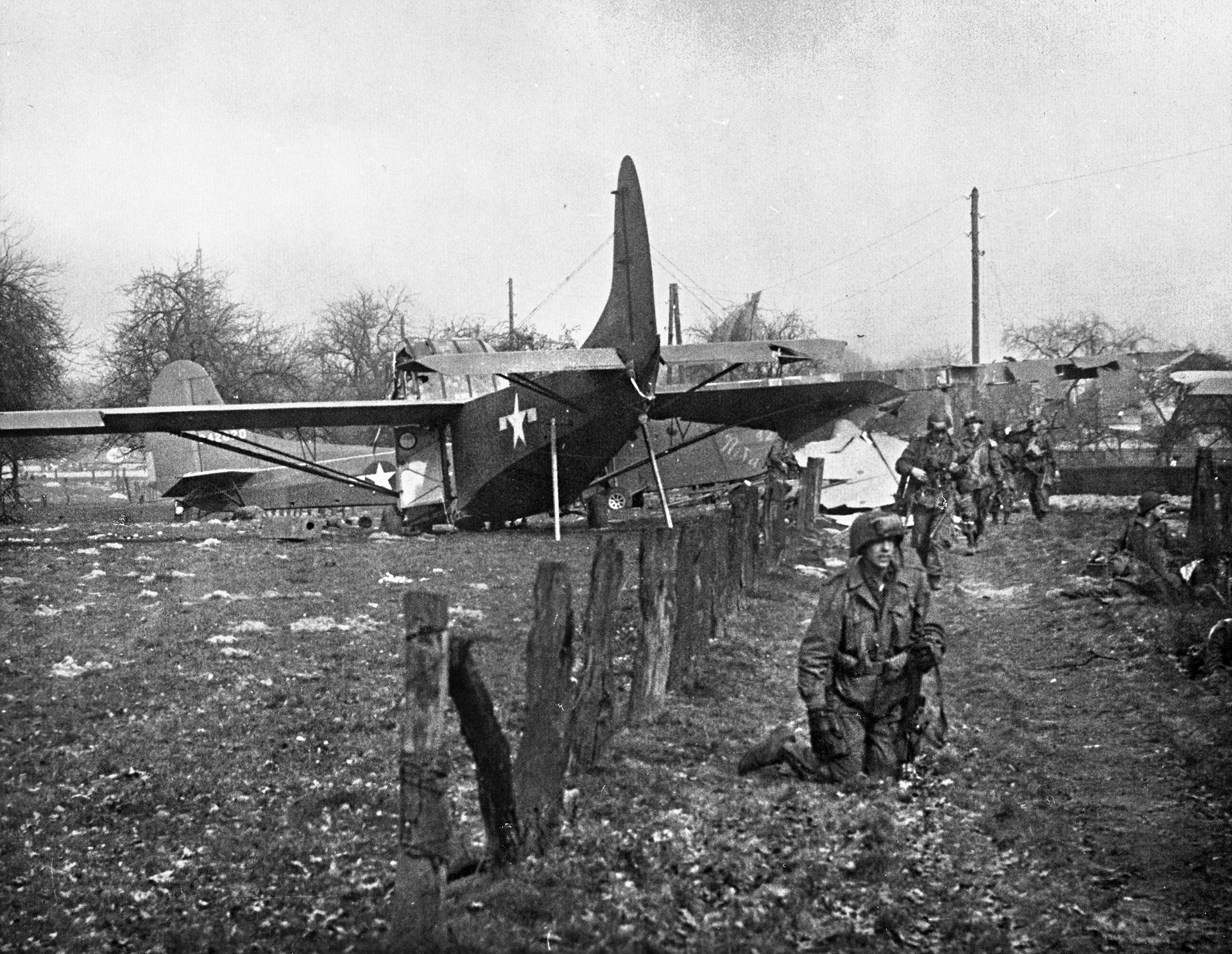
Join The Conversation
Comments
View All Comments